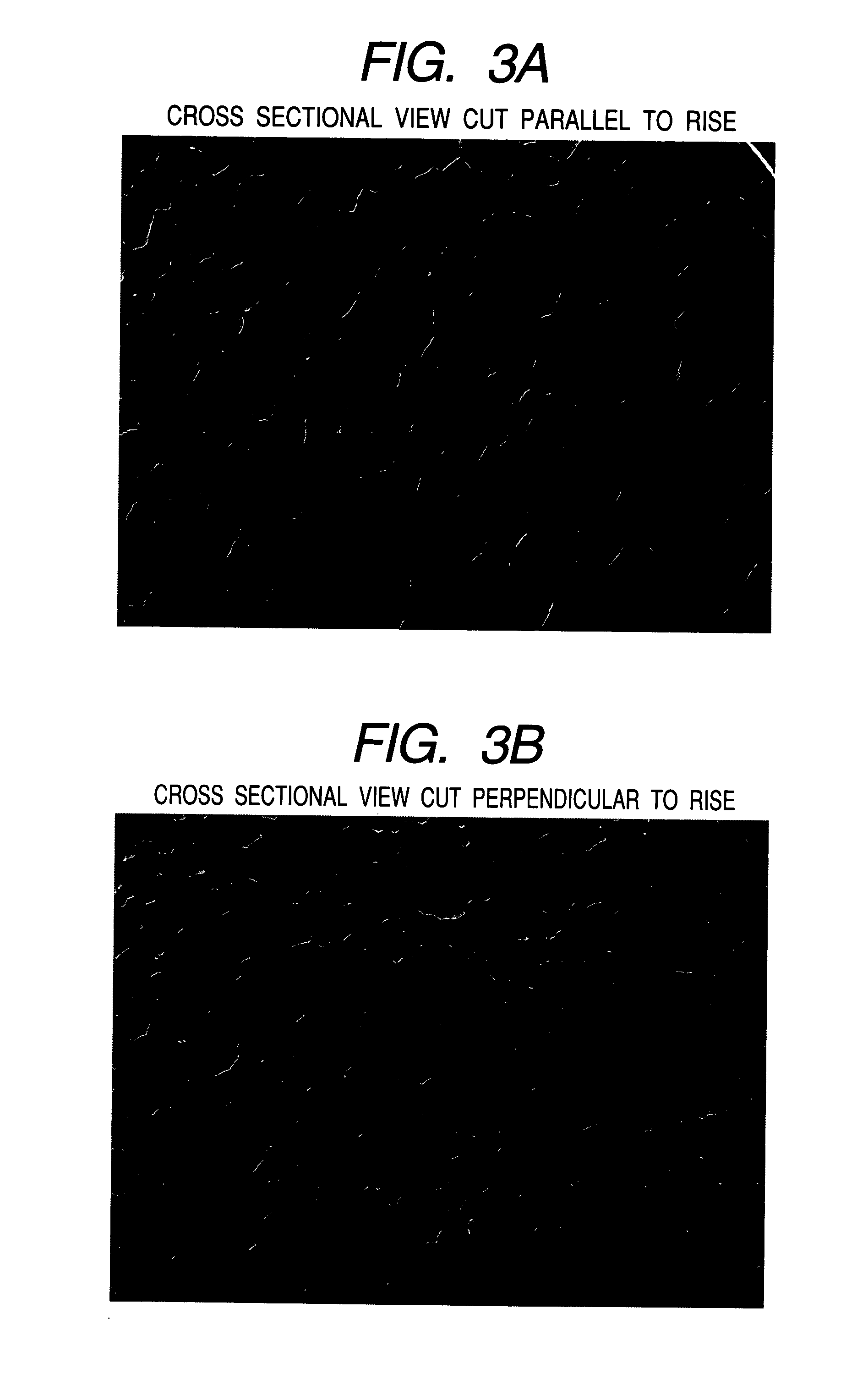Preparation method for rigid polyurethane foam
a polyurethane foam and preparation method technology, applied in the field of preparation methods of polyurethane foam, can solve the problems of increasing the fuming quantity, not being said to be practical, and not being able to be used in the futur
- Summary
- Abstract
- Description
- Claims
- Application Information
AI Technical Summary
Benefits of technology
Problems solved by technology
Method used
Image
Examples
Embodiment Construction
[0033] Raw materials used in Examples and Comparative Examples are as follows.
[0034] Polyisocyanate: polymethylenepolyphenylisocyanate (manufactured by Nippon Polyurethane Industry Co., Ltd.)
[0035] Polyol A: polyethyleneterephthalate type polyester polyol (hydroxyl value 110)
[0036] Polyol B: Mannich type polyether polyol (hydroxyl value 315)
[0037] Foam stabilizer: silicone foam stabilizer (L5420 by Nippon Unicar Co., Ltd.)
[0038] Catalyst A: pentamethyldiethylenetriamine (KAOLIZER No. 3 manufactured by Kao Corporation)
[0039] Catalyst B: tris (dimethylaminopropyl) hexahydro-s-triazine (Polycat 41 manufactured by Air Products Inc.)
[0040] Catalyst C: lead octoate acid (Pb-Oc manfuactured by Dainippon Ink and Chemicals Incorporated)
[0041] Flame retardant: trischloropropylphosphate (TMCPP by manufactured by Daihachi Chemical Ltd.)
[0042] Viscosity reducing agent: propylene carbonate (PC1000 manufactured by Arco Chemical Incorporated)
[0043] Next, an apparatus for the production of rigid pol...
PUM
| Property | Measurement | Unit |
|---|---|---|
| density | aaaaa | aaaaa |
| thickness | aaaaa | aaaaa |
| thermal conductivity | aaaaa | aaaaa |
Abstract
Description
Claims
Application Information
 Login to View More
Login to View More - R&D
- Intellectual Property
- Life Sciences
- Materials
- Tech Scout
- Unparalleled Data Quality
- Higher Quality Content
- 60% Fewer Hallucinations
Browse by: Latest US Patents, China's latest patents, Technical Efficacy Thesaurus, Application Domain, Technology Topic, Popular Technical Reports.
© 2025 PatSnap. All rights reserved.Legal|Privacy policy|Modern Slavery Act Transparency Statement|Sitemap|About US| Contact US: help@patsnap.com



